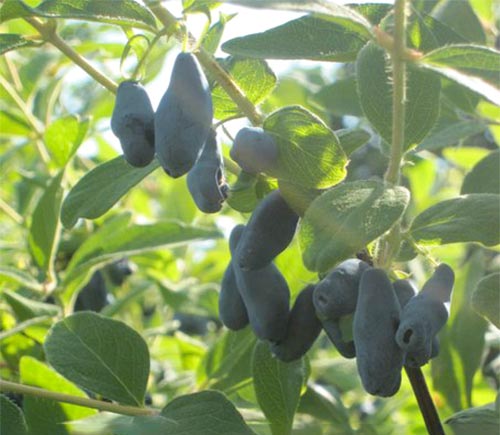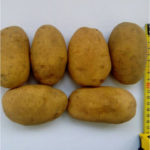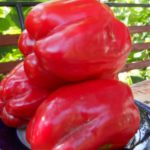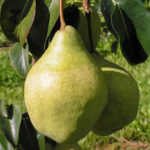Silginka honeysuckle variety
Honeysuckle cultivars have appeared quite recently, when compared with other popular berry varieties - already in the last quarter of the 20th century. Despite this, they managed to fall in love with many gardeners, especially in cooler regions, where the choice of garden plants with tasty fruits is limited. And it is no coincidence, perhaps, that of the hundreds of varieties of honeysuckle known now, 80 percent are created in nurseries in Russia. One of them, who has gained popularity, is our current hero.

How was the variety created?
Its history is simple and not rich. Created in Siberia, by the efforts of breeders of the Bakcharsky research nursery, well-known in the Tomsk region. Year of birth - 1978, this is one of the first "cultivated" varieties of honeysuckle. It is obtained by crossing two varieties: Roxanne and Turchaninov. Creating Silginka, the authors sought to obtain a plant that tolerates severe frosts and recurrent spring frosts well, as well as yields tasty fruits of commercial quality. And the breeders have succeeded in this!
Description of appearance
It forms a beautiful, compact, medium-sized bush with a height of about one and a half meters. Young shoots are light green, thin and slightly curved. Over time, they become woody, the color becomes darker. The leaves are densely planted, they are rather oval, but slightly elongated. Each leaf is slightly concave at the base. On old leaves, slight pubescence is observed, but on young leaves it is not.

Honeysuckle is grown mainly for the sake of berries. They are large in this variety, from 1.4 to 2.1 grams in weight. Like all honeysuckles, they have a fresh, pleasant taste, but the distinctive feature of Silginka is the almost complete absence of the bitterness characteristic of the culture. Other features of the berry:
- the color is dark blue, deeply saturated, sometimes with a purple tint;
- there is a wax coating on the surface;
- the skin is very thin, almost invisible in the mouth;
- the pulp is unusually juicy, with a pleasant aroma;
- berries ripen together, they hold on to the branches for a long time, if they are not picked in time;
- from one bush collect from 1.5 to 3.0 kg. fruits.
Features of agricultural technology
Silginka is equally suitable for growing on an industrial scale, and as a plant for a summer residence, a small private farm. In addition to high frost resistance, it perfectly tolerates hot air, but subject to abundant and regular watering. It grows quickly, vigorously, in the third or fourth year it is a fully formed plant.
The variety is self-pollinated, but yields increase significantly when there is another variety nearby. Tomichka was recognized as the best pollinators, Siberian and Bakchar giant... For a good harvest, it is also important to have high-quality lighting (at least six hours of direct sunlight) and the absence of constant winds.
In the hot months, especially during the setting of buds and the formation of ovaries, it is useful to spray the bush, weed the soil near the trunk and mulch it. When weeding, remember that the roots of the honeysuckle are close to the soil surface! After flowering, it is useful to apply potash-phosphorus fertilizers.
Transportability of fruits, as well as their keeping quality, is average. For commercial purposes, it can only be transported over short distances. Tasting assessment of berries - 4.9 points out of five. This is one of the most delicious honeysuckles!
It is worth emphasizing that Silginka is grown not only for harvesting. It is also valuable as an excellent ornamental bush, can successfully participate in the refinement of a particular territory. And active biological substances, which are rich in berries, make the culture a valuable medicinal plant.









We planted this honeysuckle more for the son, after all, the earliest berry rich in vitamins and microelements. We collect the first fruits in favorable weather in the first decade of May. Of course, we collect small harvests, since the care consists only in watering and mulching, but I also plan to “feed” this berry next year (both at the root and on the leaf) - we really liked it, especially the child. The taste is somewhat reminiscent of a Hungarian plum, practically without sourness. I did not notice pests on it, they probably do not have time to get to it.